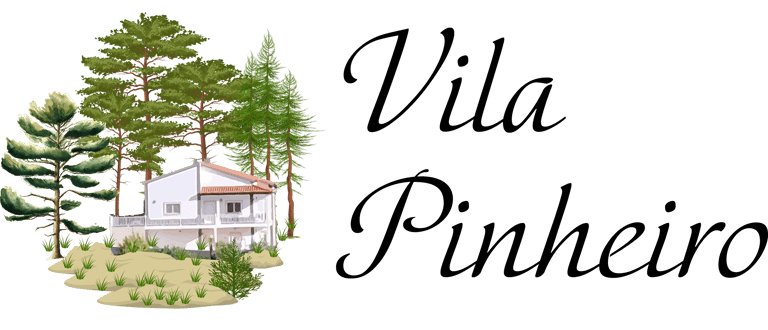

Design 08: Vila Pinheiro – Regenerative Silviculture Design
This design establishes a long-term blueprint for Regenerative Silviculture at Vila Pinheiro, where degraded land is transformed into a thriving forest ecosystem through adaptive woodland management. Drawing from the GODREAMET framework, the project integrates Ayurvedic forestry, Montado traditions, and silvopasture to create a resilient, multi-functional tree-based system.
At its core, this design envisions trees not merely as producers of timber or shade but as regenerative engines. They contribute food, medicine, fodder, fuel, habitat, and spiritual inspiration while enhancing biodiversity, stabilising soil, and cycling nutrients. The forest is envisioned as a living infrastructure, guided by ecological succession and seasonal rhythms. The design proposes various woodland management strategies including coppicing, pollarding, crown-thinning, and natural regeneration—practices chosen for their ability to stimulate regrowth and create dynamic forest layers.
The plan begins with careful observation of the land’s climate, hydrology, and existing vegetation. Tools such as slope and sector analysis, DAFOR vegetation assessments, and species mapping help in selecting and positioning appropriate tree species. Medicinal and multifunctional trees like Terminalia arjuna, Melia azedarach, Acacia species, and Morus alba are chosen for their deep roots in Ayurvedic forestry and their ability to serve various human and animal needs.
Crucially, animals are integrated through rotational silvopasture, especially goats and poultry, whose movement and manure support the trees while enhancing soil fertility. The design treats animals as allies in land regeneration, moving them through zones in alignment with growth cycles and coppicing rotations. Tools such as forage calendars, canopy thinning guides, and rotational grazing charts help manage the interaction between plant and animal systems.
The design promotes a phased approach to forest regeneration, starting with pioneer species that stabilise and shade the land, followed by productive and climax species. Biochar applications, compost teas, and natural microbial inoculants accelerate soil healing. Over time, the goal is to create a forest that supports yield without depletion, offering timber, bark, fruit, leaf biomass, and spiritual refuge.
Education and demonstration are key to the vision. The forest becomes a teaching tool, showcasing agroforestry and silviculture rooted in indigenous wisdom. Workshops, forest walks, and plant identification sessions invite participation and deepen connection with the living landscape.
Ultimately, this Regenerative Silviculture Design is a commitment to long-term ecological restoration. It embodies the ethics of permaculture—Earth Care, People Care, and Fair Share—by showing how forests can be cultivated to serve human needs while regenerating the living systems upon which those needs depend. It reframes forestry from extraction to reciprocity, from short-term yield to generational resilience. Vila Pinheiro becomes not only a place of productivity but a forest of learning, healing, and abundance.
Document Details:
Framework/s: GODREAMET
Focus: Regenerative Silviculture and Herbal Forestry
Tools: Coppicing Schedules, Species Matrices, Ayurvedic Tree Classifications
Document Format: PDF
Total Length: 76 pages
Estimated Read Time: 110 minutes
File Size: 18.61 MB
